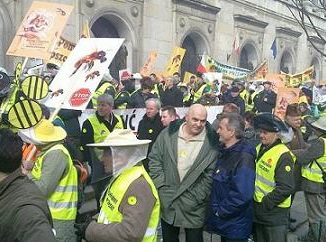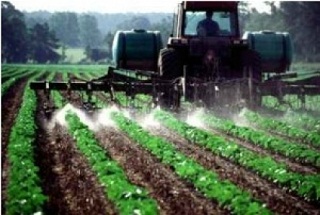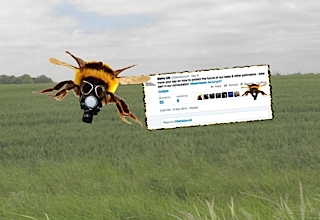The European Food Safety Authority (EFSA) has highlighted significant gaps in current scientific techniques on which risk assessments for crop treatments are based. In particular, “…current methods of field testing would need major improvements in order to detect for example an increase in daily mortality of foragers by 10% with high statistical power.”
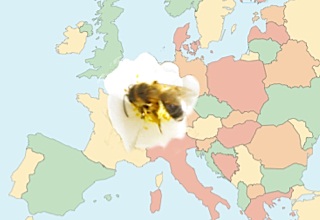 EFSA estimates the value of bees and pollination to world agriculture at around EUR 153 billion, however this is a very limited measure of the true value of pollinators in the real world. In parts of China bereft of bees because of pesticide overuse, where hand pollination is a necessity, experienced operators might manage between 30 and 40 pear trees a day, but human beings are a poor substitute for bees.
EFSA estimates the value of bees and pollination to world agriculture at around EUR 153 billion, however this is a very limited measure of the true value of pollinators in the real world. In parts of China bereft of bees because of pesticide overuse, where hand pollination is a necessity, experienced operators might manage between 30 and 40 pear trees a day, but human beings are a poor substitute for bees.
Compared to solitary bees, studying honey bees is a scientific challenge not least because of the far greater range over which they forage. This both increases the range of habitats a colony can visit during a season and decreases the certainty with which any observed change can be attributed to external factors, including crop treatments.
Pesticides such as neonicotinoids are absorbed by plants, distributing the active ingredient throughout the plant structure, from the leaves to the pollen. While these products are less toxic to humans than the organophosphate products they replaced, they are still insecticides and can kill bees as readily as plant pests.
Foraging bees will collect pollen from treated crops and untreated alike, bringing it back to the hive, where brood are exposed to whatever has been applied in the surrounding countryside. Neonicotinoids act on an insect’s nervous system, so higher functions like navigation can suffer.
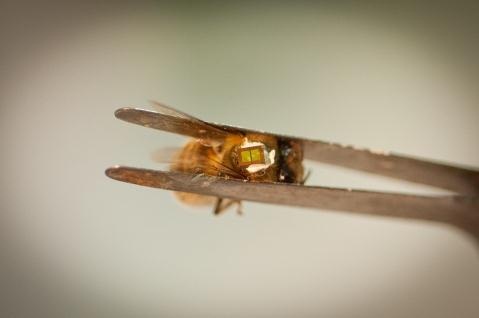
Earlier this year, a team of French scientists working with the Avignon research station of the Institut National de Recherche Agricole (INRA) published their findings on “lost bees” (in French). The researchers radio-tagged hundreds of bees and gave the trial group a sub-lethal dose of neonicotinoid before releasing both the trial and control group one kilometre away from their hive.
The treated bees suffered attrition rates up to three times those in the control group: when extrapolated across a season, this attrition ranged from half to three quarters of foraging bees. Even though foragers are but one section of a hive’s colony, they are nevertheless the link to the outside world that keeps the colony fed.
Although EFSA refers to Mickael Henry’s Avignon study in its scientific opinion, there is no change in EFSA’s fundamental view of “Plant Protection Products” (PPPs). It argues perversely that such products are still essential, even though they are as likely to kill pollinators as pests.
“There is a trade-off between plant protection and the protection of bees. The effects on pollinators need to be weighted against increase in crop yields due to better protection of crops against pests,” the abstract states. No pollinators, no crops, no problem?



